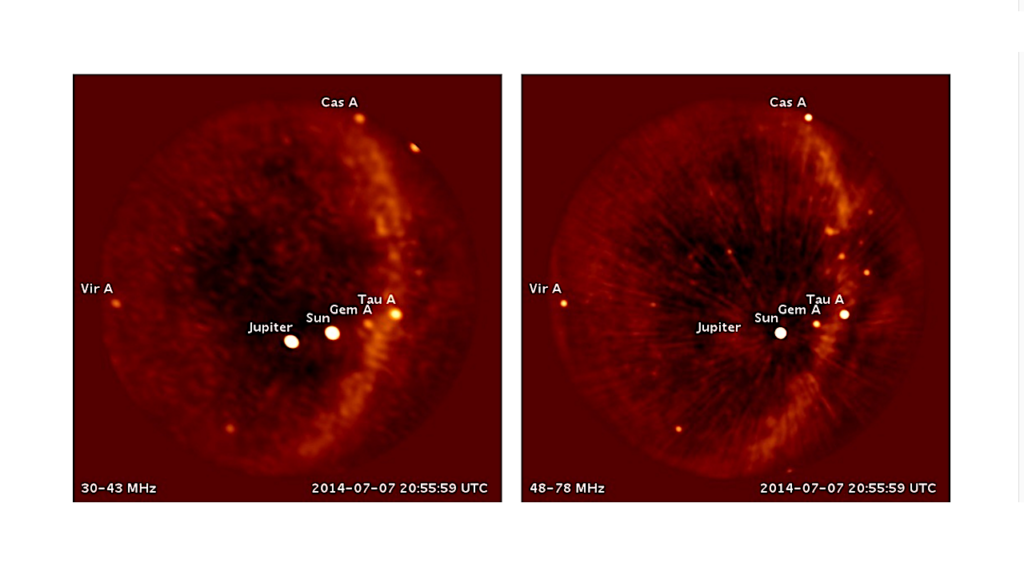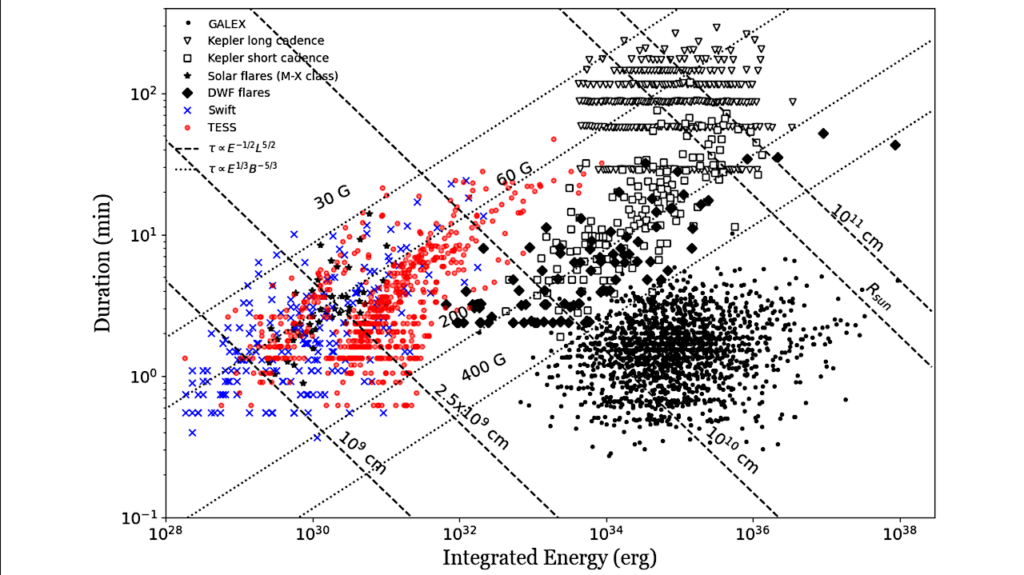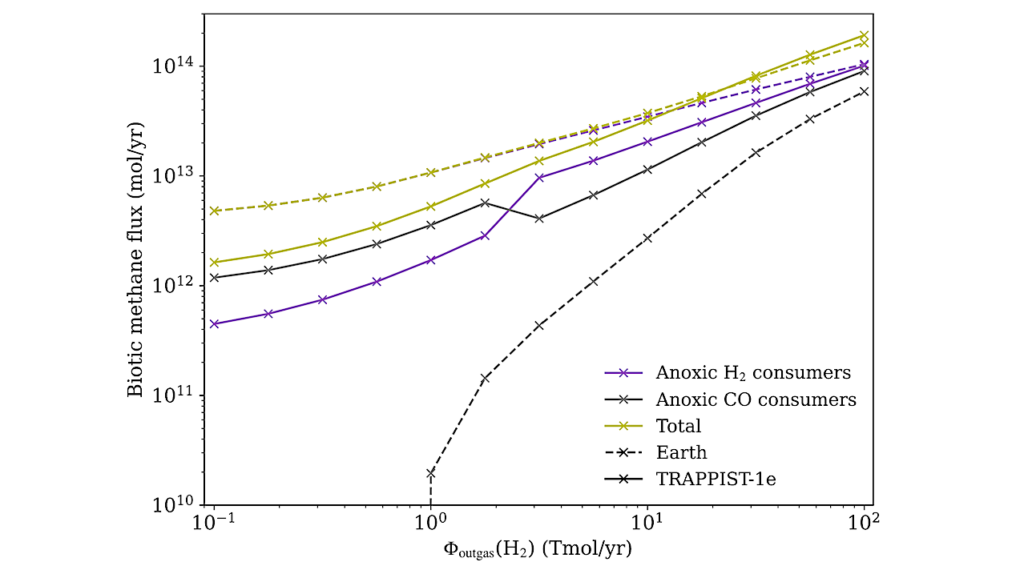Dead Zones of Classical Habitability in Stellar Binary Systems

Although habitability, defined as the general possibility of hosting life, is expected to occur under a broad range of conditions, the standard scenario to allow for habitable environments is often described through habitable zones (HZs).
Previous work indicates that stellar binary systems typically possess S-type or P-type HZs, with the S-type HZs forming ring-type structures around the individual stars and P-type HZs forming similar structures around both stars, if considered a pair.
However, depending on the stellar and orbital parameters of the system, typically, there are also regions within the systems outside of the HZs, referred to as dead zones (DZs). In this study, we will convey quantitative information on the width and location of DZs for various systems. The results will also depend on the definition of the stellar HZs as those are informed by the planetary climate models.
Sarah Moorman, Zhaopeng Wang, Manfred Cuntz
(Submitted on 6 Jan 2020)
Comments: Accepted by Astrophysics and Space Science; 17 pages, including 9 figures and 5 tables
Subjects: Solar and Stellar Astrophysics (astro-ph.SR); Earth and Planetary Astrophysics (astro-ph.EP)
Cite as: arXiv:2001.01754 [astro-ph.SR] (or arXiv:2001.01754v1 [astro-ph.SR] for this version)
Submission history
From: Manfred Cuntz
[v1] Mon, 6 Jan 2020 19:42:53 UTC (1,382 KB)
https://arxiv.org/abs/2001.01754
Astrobiology








